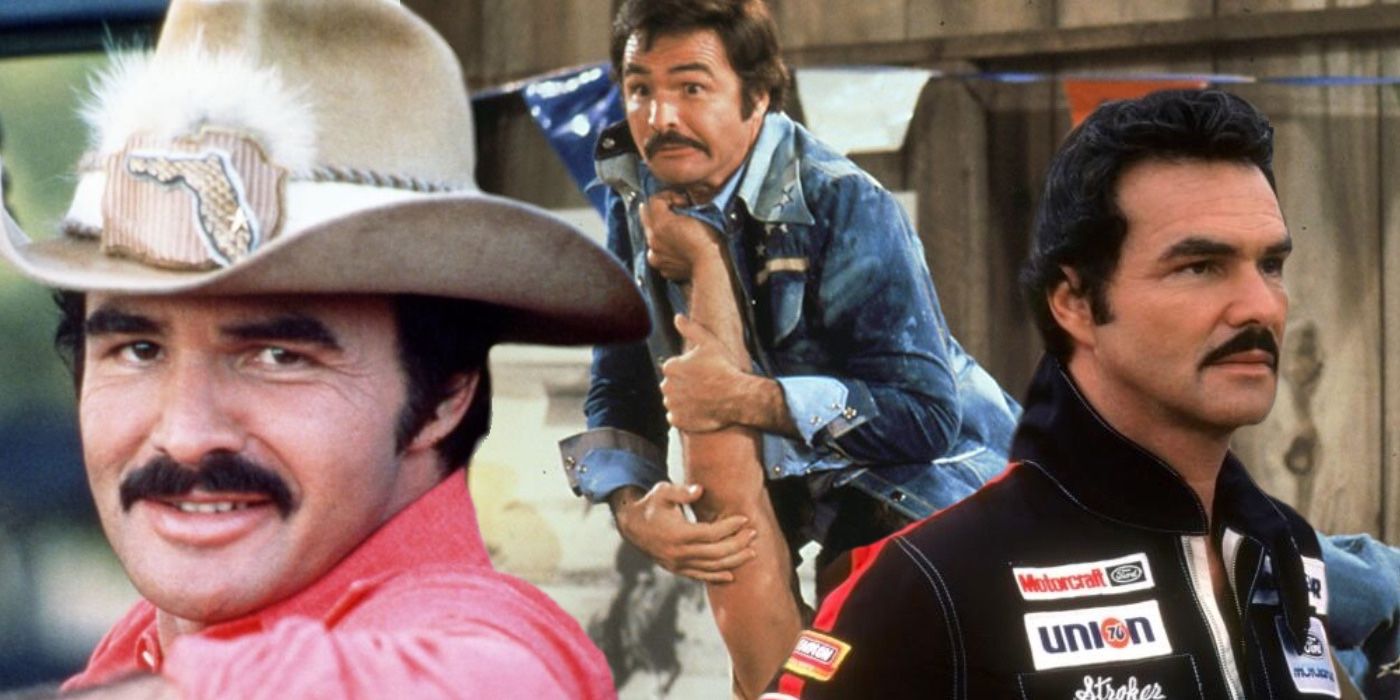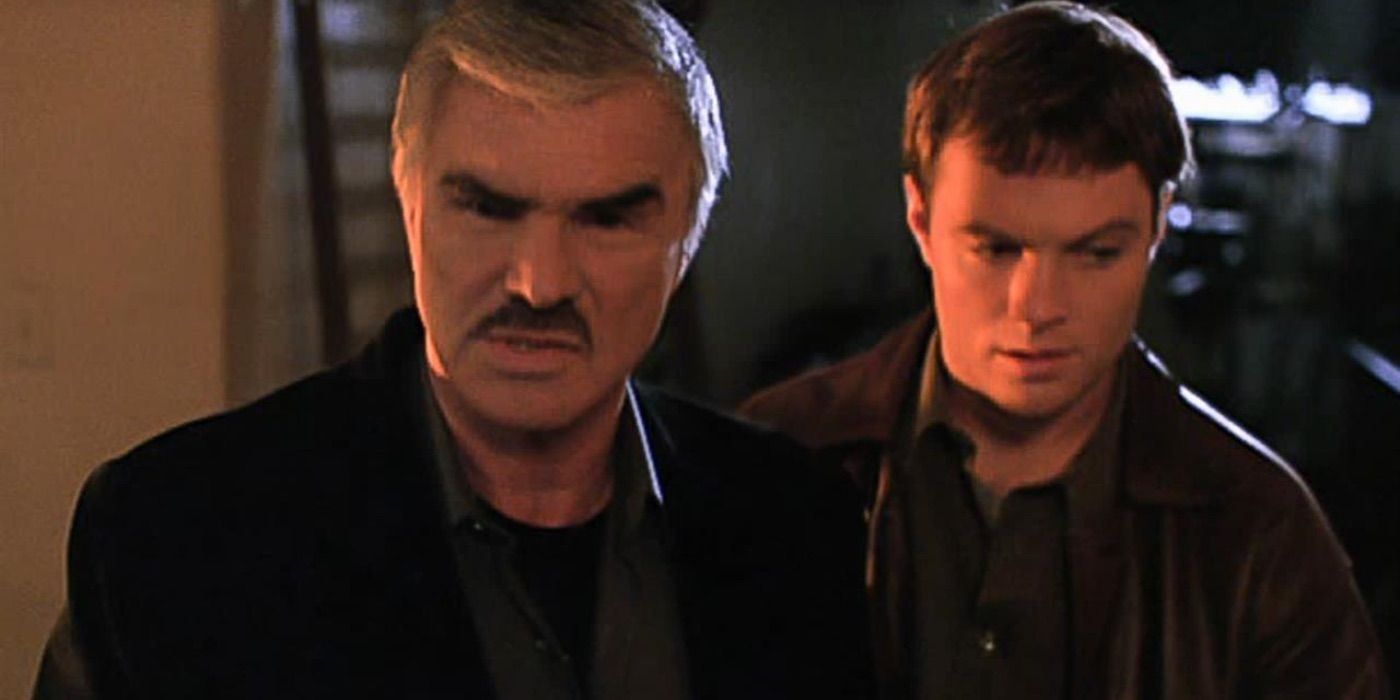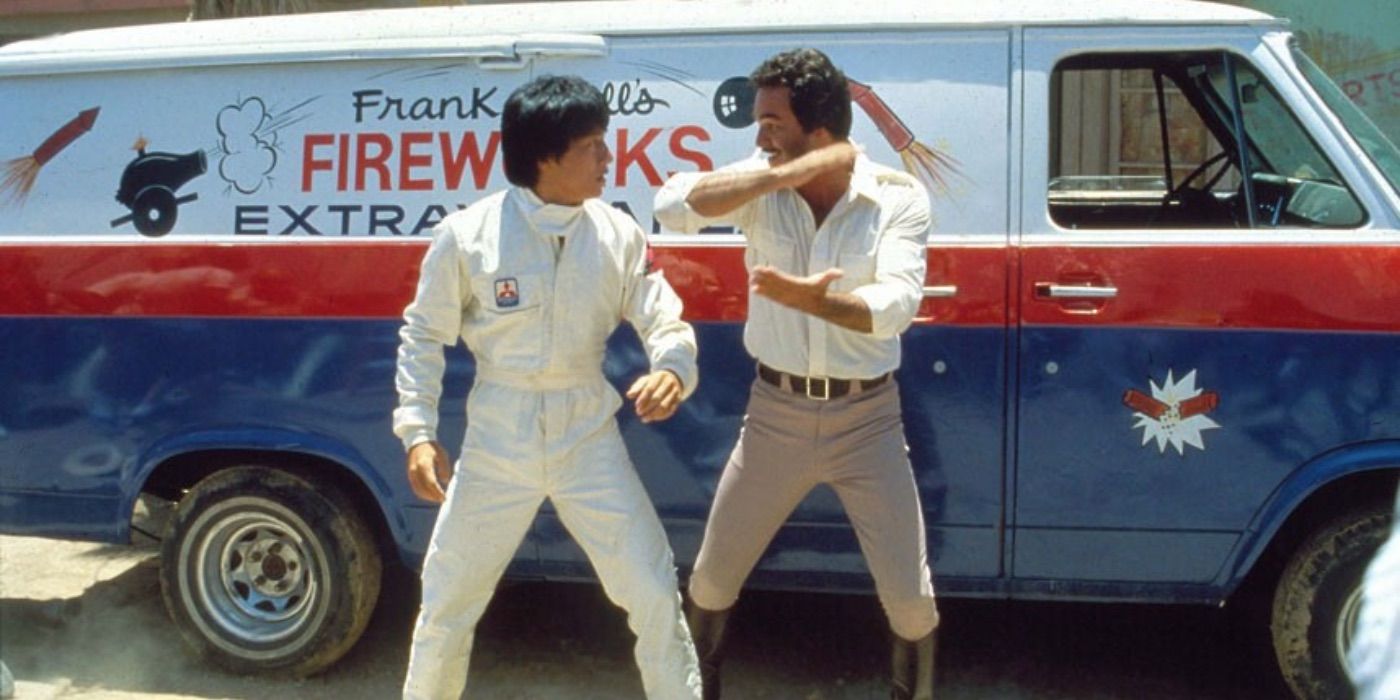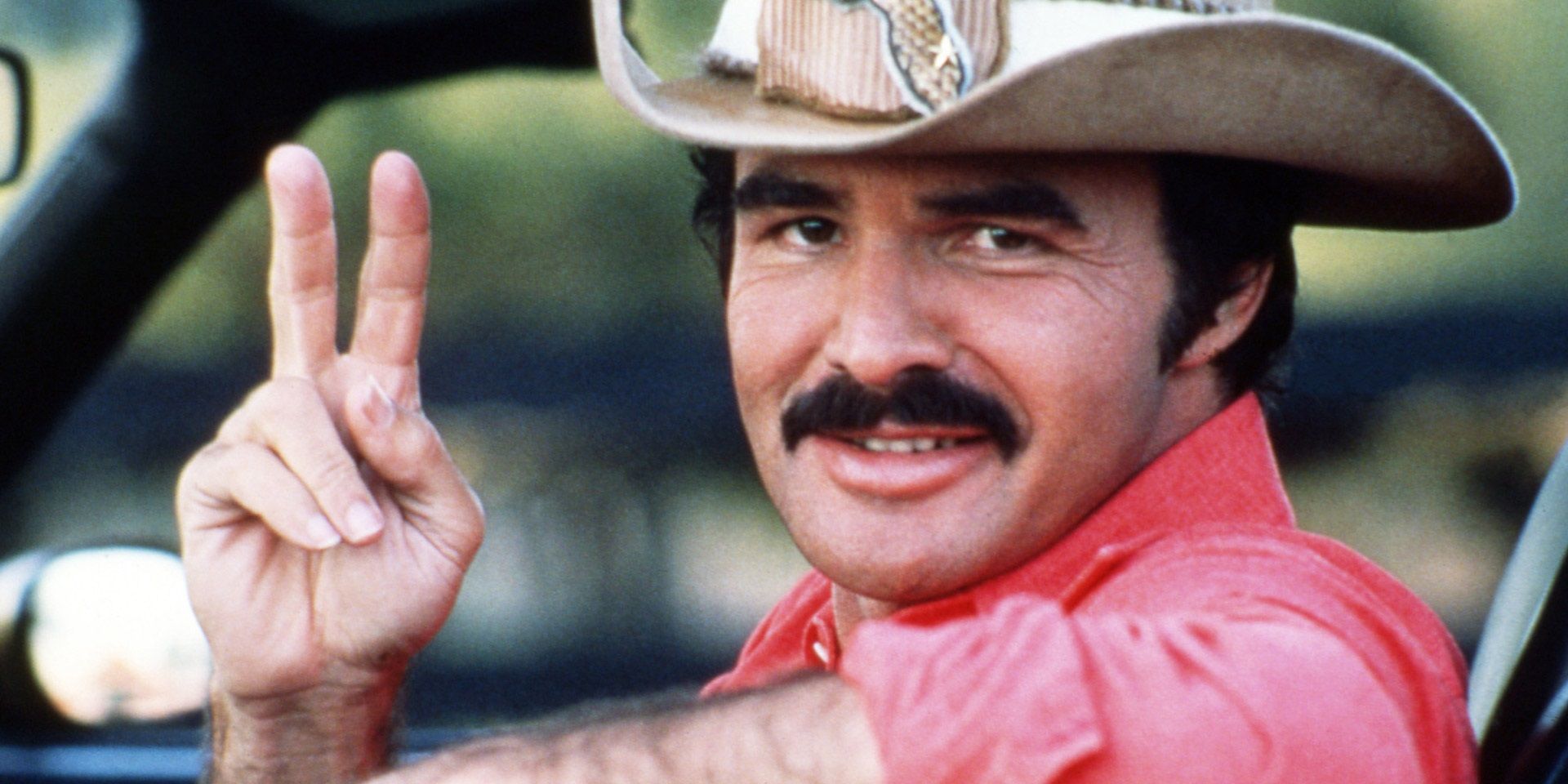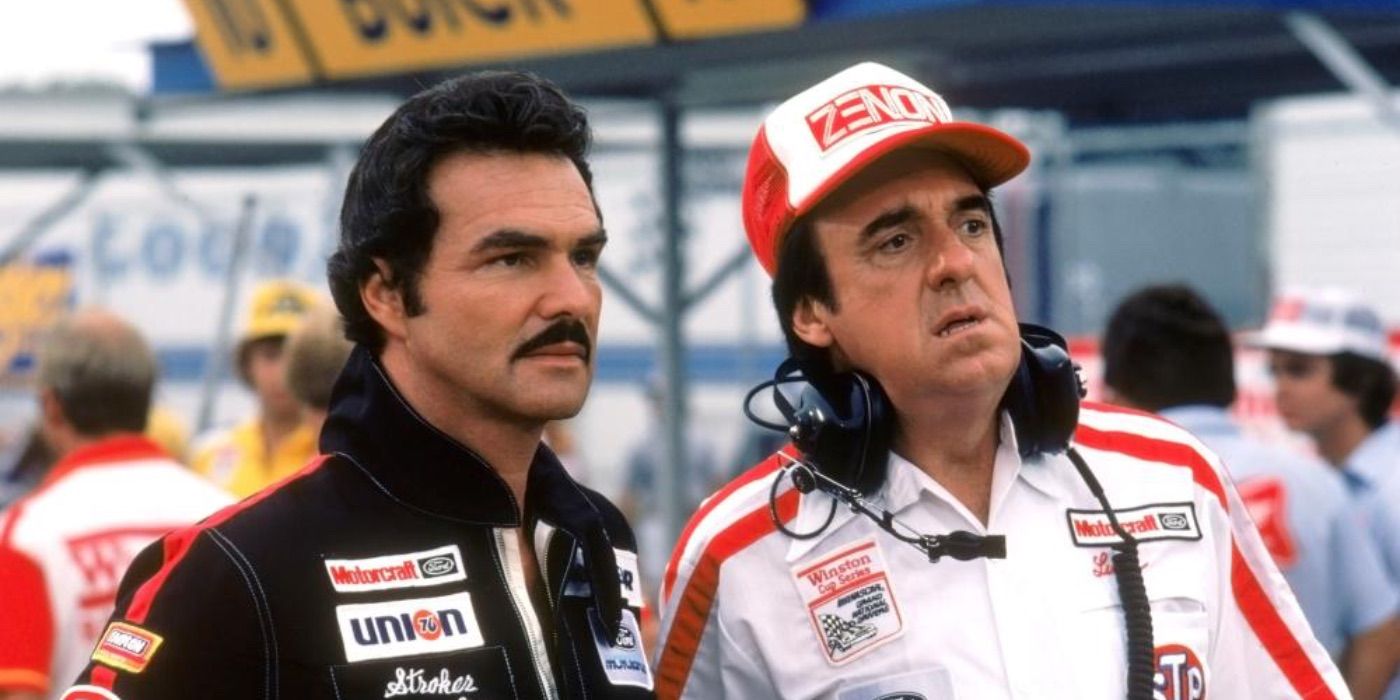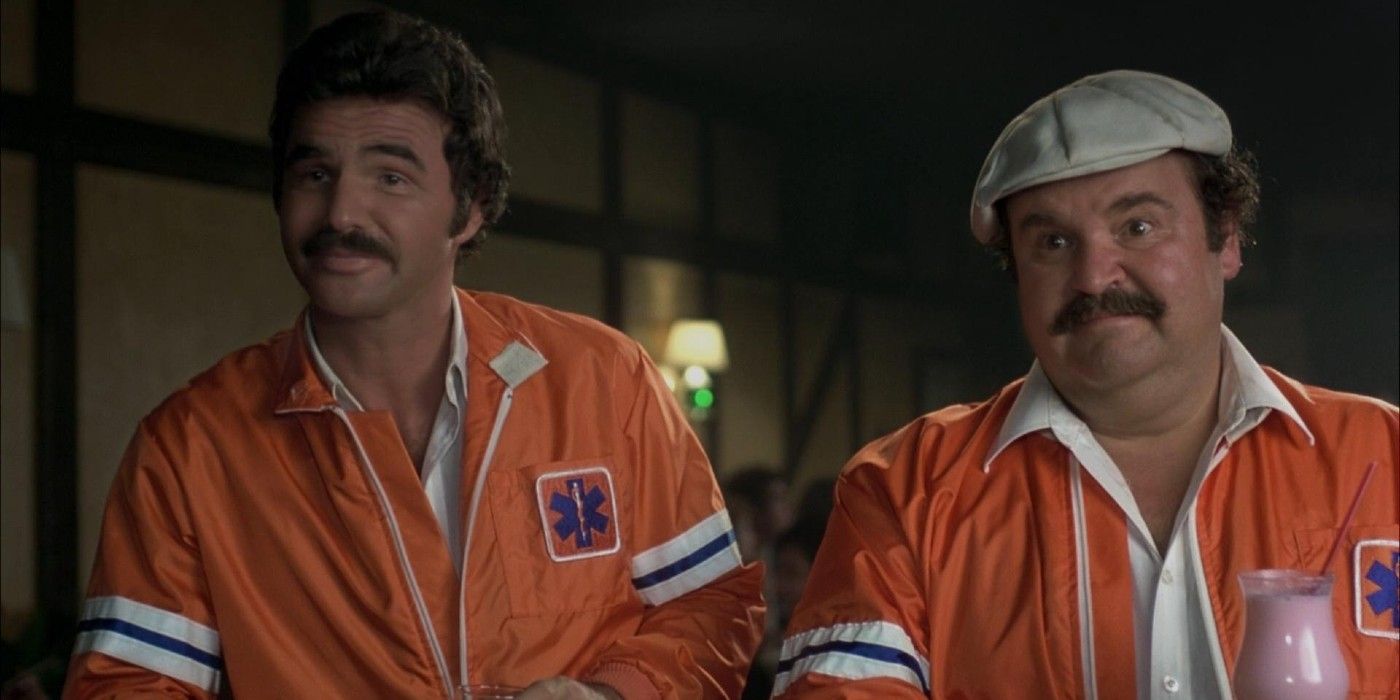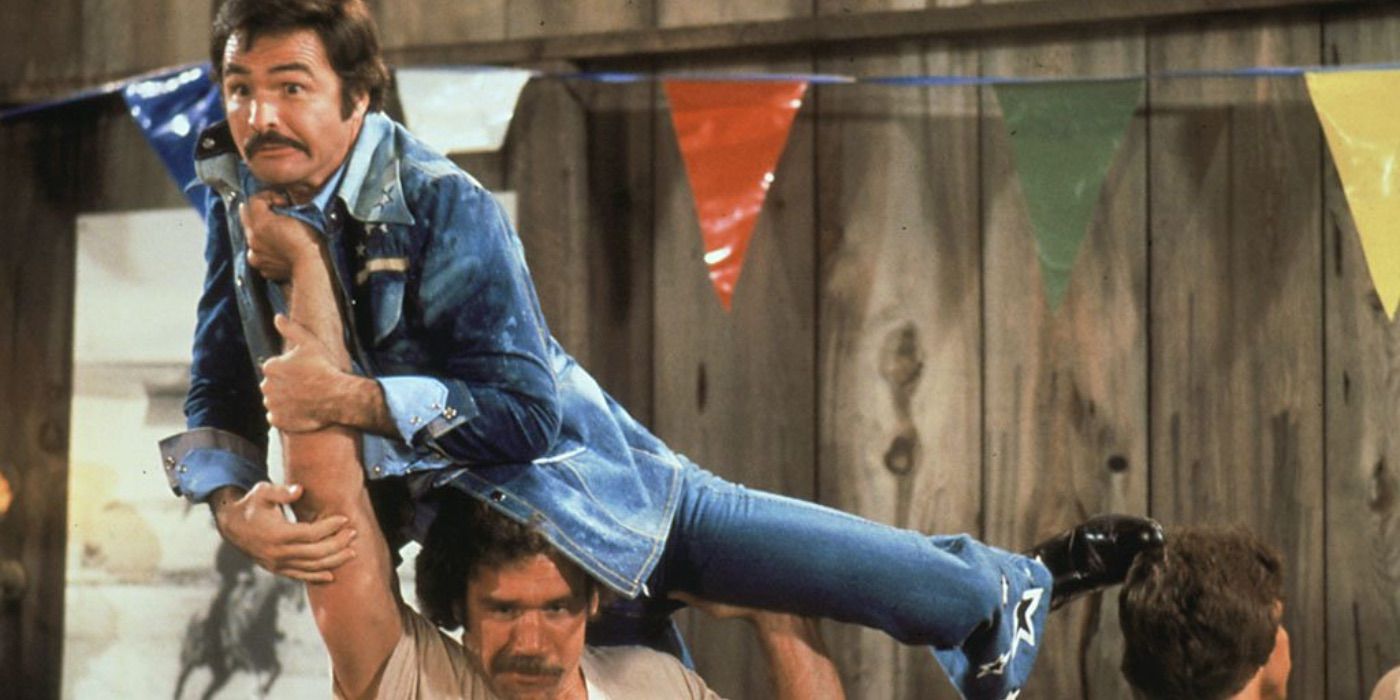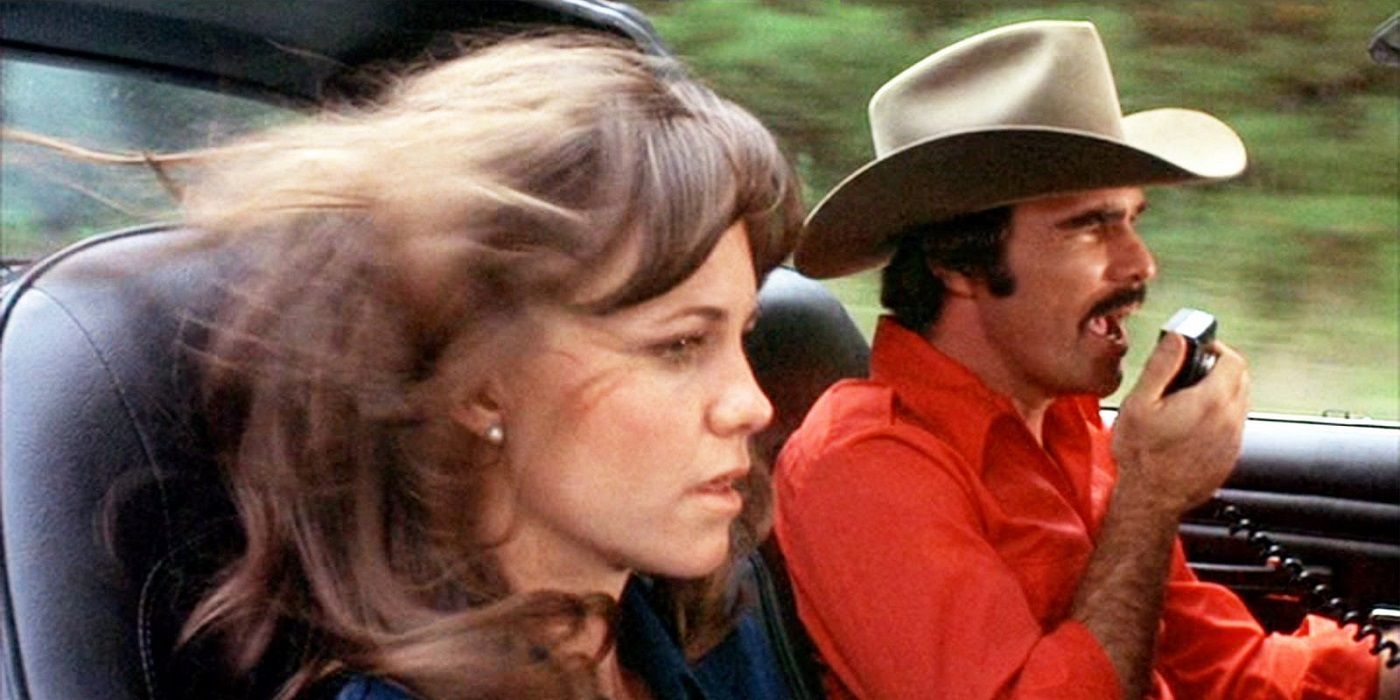Director Hal Needham made some of the most popular action comedies of the 1970s, and his frequent collaborations with Burt Reynolds were often his best films. Needham started his Hollywood career as a stunt actor, and that keen eye for action eventually landed him a spot in the director's chair. Reynolds was one of the biggest stars of the '70s, and together they created several amazing films that personified the decade and had a fair amount of laughs to go along with the pulse-pounding action. Though none of their collaborations were Oscar candidates, some were box office smashes that have stood the test of time.
First collaborating in 1977 on Smokey and the Bandit, the duo made a total of seven films together over a span of 20 years. Though Burt Reynolds worked with great directors in his career, his partnership with Needham was a consistent source of hits, and many of his action/comedy roles elevated him to superstardom. Often telling stories of outlaws and ne'er-do-wells, Reynold's signature brand of humorous machismo blended perfectly with Needham's action-oriented filmmaking style, and the mixture proved to be one of cinema's most fruitful collaborations. Aside from that, many of their films together had a legitimate impact on popular culture that continued beyond their lifetimes.
Hard Time: Hostage Hotel (1999)
When the TV movie Hard Time: Hostage Hotel was released in 1999, it had been 15 years since Reynolds' and Needham's last collaboration. The film followed detective Logan McQueen (Reynolds), who was tasked with rescuing a congressman and his family who had been taken hostage in a ritzy hotel. While it wasn't one of the best made-for-TV movies of all time, Hostage Hotel was the climactic third film in the Logan McQueen trilogy and had more energy than its predecessor. Unfortunately, even Needham's distinct way with action scenes couldn't overcome the minuscule budget and lackluster story.
Cannonball Run II (1984)
By 1984, the Reynolds-Needham partnership had run its course, and Cannonball Run II was a forced exercise in futility. Almost indistinct from the original film, the plot saw J.J. McClure (Reynolds) enter a cross-country race in hopes of winning the $1 million prize. Though the familiar cast of the original returned en masse, it wasn't enough to make up for the bland unoriginality of the movie. Though its box office returns were moderate, $28 million (via Box Office Mojo), it was critically panned and even Reynold's iconic role of J.J. McClure fell flat. After the film's failure, it would be over a decade before Reynolds and Needham worked together again.
Smokey And The Bandit II (1980)
Needham's critical reception was often wildly different from his box office performance, and 1980's Smokey and the Bandit II proved he knew what audiences wanted. The film followed the trio from the first film as they transported a live elephant to the G.O.P. National Convention while being pursued by Sheriff Justice (Jackie Gleason). Despite being a simple rehash of ideas, and an overwhelmingly negative critical response, the film scored at the box office when grossing $66 million (via Box Office Mojo). The car stunts were still top-notch, but the characters and comedy paled in comparison to the original. Even so, the franchise's popularity warranted another sequel a few years later.
Stroker Ace (1983)
The best movies about auto racing weren't usually critical darlings, and 1983's Stroker Ace found its audience after the fact. The plot concerned the titular character (Reynolds), a stock car driver who was forced to work his way back up through the ranks after losing his car's corporate sponsor. Reynold's take on Stroker Ace saw him at his usual best, and the on-track action was an appropriately pulse-pounding representation of stock car racing. However, the film still missed its target audience by a mile. Stroker Ace was picked apart by critics, something that wasn't unusual for Needham films, but it also failed to earn money which was unusual.
Despite having a somewhat overdone plot that had been seen before in the likes of other racing films, Stroker Ace was still a humorous pairing of actor and director. Unfortunately, by the early-'80s, the influential drive-in movie craze that had made films like Smokey and the Bandit hits had run its course. But despite its abysmal 20% score on Rotten Tomatoes, Stroker Ace became a cult classic within the motorsports community, and several actual racing legends like Dale Earnhardt and Richard Petty had cameos in the film. Even Stroker Ace's familiar paint scheme from the film was homaged at several NASCAR races.
The Cannonball Run (1981)
The Cannonball Run's titular race was the premise for the film, and saw a host of aspiring winners embark on a cross-country journey to claim the massive cash prize. Noted for its star-studded cast, the 1981 film was a veritable who's who of Hollywood legends at the time and was one of the best films about street racing. It was also the duo's most financially successful film, and it came out of the gate strong with a record-breaking $11 million opening weekend (via Box Office Mojo). Critics were much lower on the film, and it was generally lambasted for being too low-brow.
Nevertheless, the financial success of the movie was a testament to its entertainment value, and the many stars that made up the cast each represented clever characters. Outside of Reynolds' J.J. McClure, actors like Dom DeLuise and Roger Moore helped round out the roster, and the movie was stuffed to the point that it never got dull. Needham's eye for vehicular action brought humor and excitement, and an early Hollywood appearance from Jackie Chan added another layer to the film's brilliant stunt work. The Needham formula that worked best was when a film had almost constant action, and The Cannonball Run never let up for 90 minutes.
Hooper (1978)
Nonstop action was what usually typified the Needham and Reynolds connection, but 1978's Hooper was surprisingly character-driven. The film followed an aging stuntman (Reynolds) who found his career in jeopardy with the arrival of a young up-and-comer (Jan-Michael Vincent). The leads played off of one another brilliantly, and it found a fine balance between humor, action, and a legitimately riveting story about the film industry. The movie's critical reception was favorable, and it made $78 million (via Box Office Mojo), but it was generally overshadowed by Smokey and the Bandit from the previous year.
Movies about the unusual profession of stunt work were few and far between, and Needham was the perfect director to tell the story because of his decades of experience. Side-splittingly funny yet touching, the movie pulled no punches about the actual dangers of working as a stunt professional. Unlike the goofy antics of other Needham films, Hooper allowed Reynolds to use his dramatic abilities, and he presented a character that was more dynamic. Interestingly, it was also one of the first films to put bloopers and highlights under the credits, an idea that Needham helped pioneer.
Smokey And The Bandit (1977)
1977's Smokey and the Bandit was Needham and Reynolds' first collaboration as director and actor, and it became a cultural touchstone of the 1970s. The story followed the titular "Bandit" as he and his partner "Snowman" were hired to transport a load of illegal beer across state lines. The hilarious road trip movie had a simple premise, but the execution helped it become a monumental success both critically and commercially when it grossed over $120 million (via Box Office Mojo). It played wonderfully off of the conflicting charisma between Reynolds and Sally Field, and its mile-a-minute action was matched by its humor.
Smokey and the Bandit represented the pinnacle of the redneck exploitation genre, and it was widely accepted as an important part of popular culture in the Southern United States. TV legend Gleason made for the perfect antagonist in the form of the bloviating Sheriff Buford T. Justice, and the film wasn't without its witty commentary about law enforcement in general. Smokey and the Bandit spawned several sequels in both cinemas and on TV, and the simplicity of the original's premise set the stage for all future Hal Needham and Burt Reynolds collaborations.

